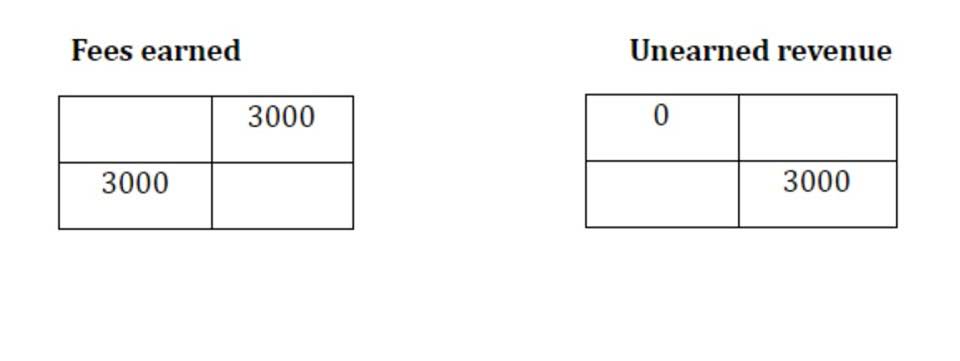
Periodic inventory can also be more prone to human error as it relies on physical inventory audits rather than a more automated system that’s tracked digitally. By the time a physical count is completed, there may be inventory reconciliations needed to address stock discrepancies. Recordkeeping in a periodic inventory system may also become more time-consuming as your business grows and you add more inventory items. You might want to consider ecommerce accounting software and automated methods, such as the perpetual inventory system, if your business is growing fast.
Because periodic inventory is a simpler and less complex accounting method than the perpetual system, it’s ideal for retailers who have a small number of SKUs. If goods tend to stick around for a longer period of time, investing in real-time tracking might not be the best use of your time. Next, look over the accounting period and note how much you spent on new products. If you brought in 1,000 new units and it cost you $5,000, for example, this would be your purchase figure in the periodic inventory formula.
Ideal for Small Businesses
Both systems have their advantages and disadvantages, and the choice between them depends on the nature and size of the business, as well as its specific inventory management requirements. Many modern businesses prefer perpetual inventory systems for their accuracy and real-time insights. when a periodic inventory system is used A perpetual inventory system may make life easier for e-commerce businesses that sell on many channels, run multiple warehouses, and want to go omnichannel. However, regardless of the size of your company, you will need to conduct a physical inventory count at some point.
Inventory Management: Everything You Need to Know (2024) – Shopify
Inventory Management: Everything You Need to Know ( .
Posted: Mon, 04 Dec 2023 08:00:00 GMT [source]
These are the basic journal entries that would be made under the periodic inventory system. It is important to realize that this system requires regular physical counts of inventory to ensure that the inventory accounts are accurate. An example of a business that might use a periodic inventory system is a furniture store. A furniture store might conduct physical counts of inventory once a month and report inventory levels at the end of each month. Another example of a business that might use a periodic inventory system is a clothing store. Clothing stores usually have seasonal sales with most sales happening during the summer and winter.
The Pros and Cons of the Perpetual Inventory System
Before we dive into the COGS details for the periodic system, begin to familiarize yourself with this chart. This is a quick way to compare the differences between how the two methods record the details involved with inventory. Keep a budget of expected gross margin each period to compare with the actual margin. Shrinkage will automatically be included in the cost of goods sold, so if the numbers vary by a large amount, it’s time to investigate. The gross margin, resulting from the specific identification periodic cost allocations of $7,260, is shown in Figure 10.6. As a result, they can quickly count the goods they work with, while the ongoing system, which provides a more accurate inventory, requires staff training in electronic scanners and data entry.


0 Comments